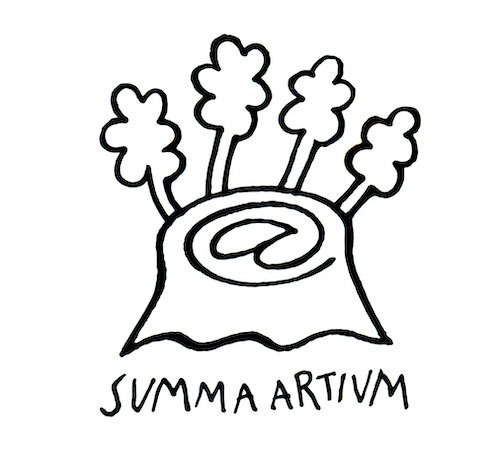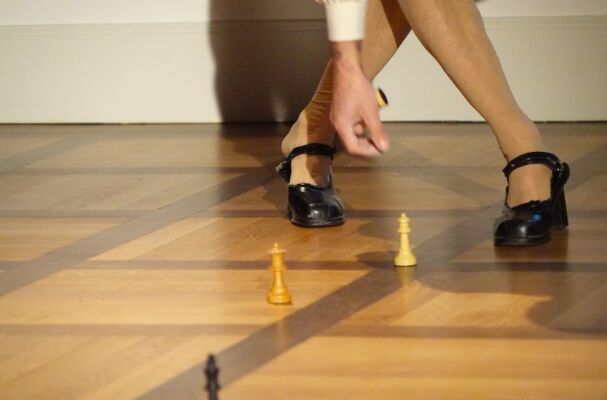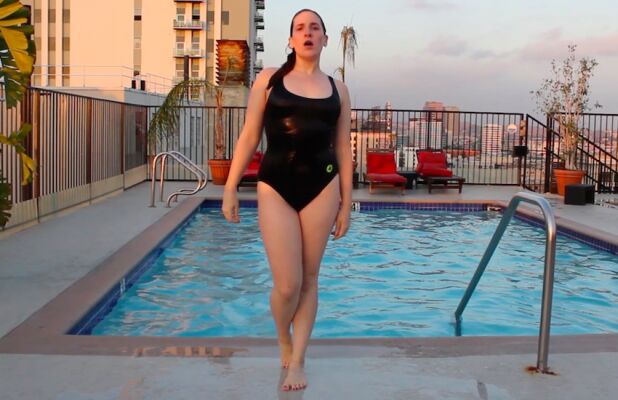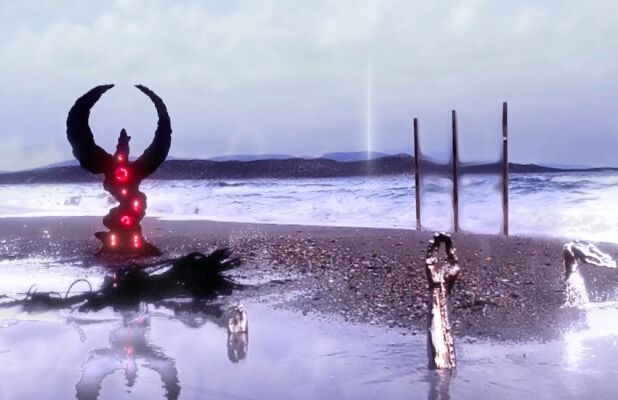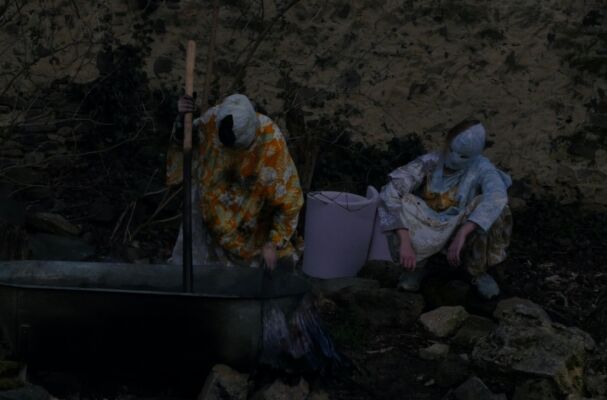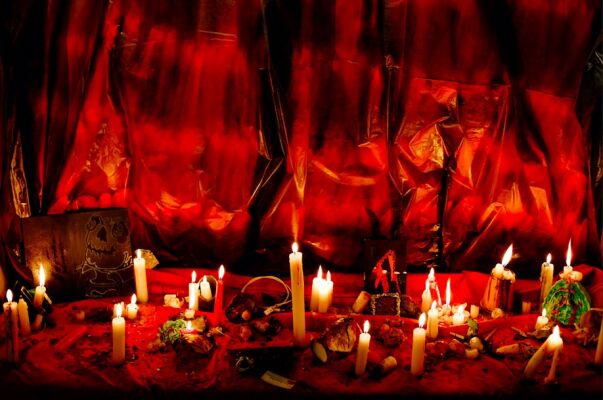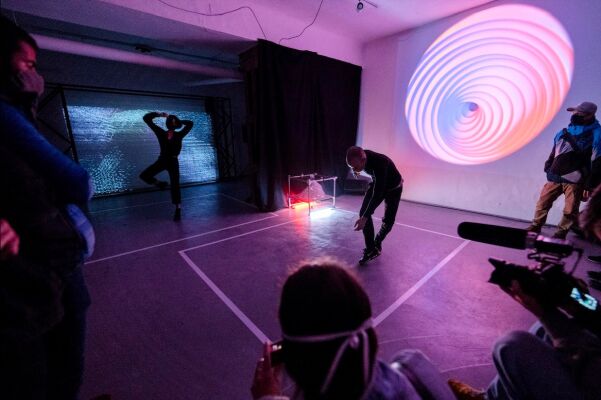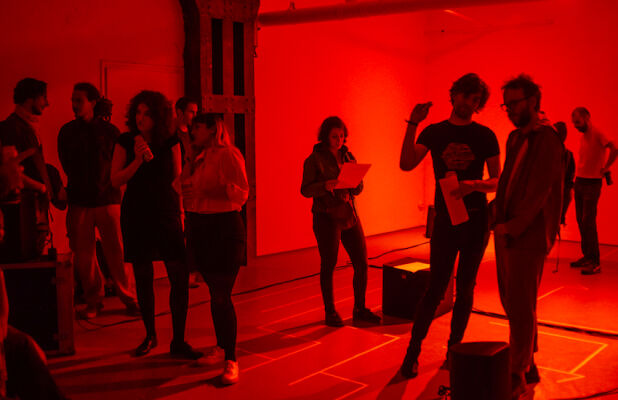Gold und Liebe VII. – Utca & Karrier
“Collaboration is what’s worth addressing”
Utca & Karrier (U&K) is an underground platform, focusing on politics, culture and arts. It aims to represent a critical, young creative scene and to build an institution in a counter-institutionalist manner by giving voice to new thought and perspectives. The magazine was founded in Budapest, in 2018 and has been operating ever since with a growing net of collaborating artists and writers. Following the previous issues (Application, Violence, Knifes, Flames and Golden Age) U&K is currently preparing its 6th publication, Phoenix.
Márk Tremmel: media researcher, media worker, employee of the Independent Media Center. He has published as a freelance journalist for Átlátszó, Magyar Narancs, Mérce and Magyar Nemzet.
Endre Cserna: visual artist and critic, Co-president of the Young Artists Studio Association since December 2020.
Dániel Kiszler: cinematographer, currently a student of Media Design at the Moholy-Nagy University of Arts.
Áron Lődi: visual artist, Member of the Young Artists' Studio Association since 2020.
Ráhel Anna Molnár: What was the starting point, how did you start working on Utca & Karrier?
Márk Tremmel: We recognised that there was a lack of platforms, where young artists and writers can publish freely. There are a lot of underrepresented voices and there wasn’t really anyone who would take care of this.
Áron Lődi: We all could feel that, obviously, but in the beginning, it wasn’t that conscious. We started thinking about the right form to publish content in 2018. The community aspect grew organically. At the time of the first issue in 2019 was rather a zine, as if we were some artist-group. Later on, we sewed together the potential of the magazine with the problem of underrepresented actors within our scene. We started to open it and invited others. We started to publish young artists, coming from any background. It was also important for us to have a local focus and in a way, react to our position in Hungary.
We opened it up to international contributors and by now we receive content from Venezuela, China, Germany, the US and The Netherlands as well. It’s really mixed. The magazine is not bilingual, there are no translations but we publish everything in the original language. Still, these all communicate really well with our perspectives and reflect on the situation under which we live – practically a hybrid regime.
M. T.: It was interesting to see how much more people from abroad could resonate with the magazine. We focused on our own, East-European context but international connections were formed very soon.
Á. L.: And it was way easier to actually work together with them. Perhaps, they’re more familiar with initiatives like ours. Although, a German graphic designer obviously cannot attach that much to our local context as Hungarian artists. On the other hand, it is also a disappointment and a constant question for us why there are fewer local creators who can be persuaded to collaborate. The magazine is currently self-financed. Now, with the fifth issue we’ve reached a point where we’ve come out to almost zero. There is no benefit and we cannot pay the authors yet.
Endre Cserna: The institutional deficiencies are also motivational. When someone gets into this institutional system, it’s an aspiration to be active and as visible as possible. But there are no institutional steps to this. There is no continuity and if you want to show your works, there’s a lack of forums. The biggest activity you can achieve at MOME is an interview with you published in the designisso blog, which is also run by students. We received a lot of positive feedback instantly when we started U&K – not necessarily from our generation –, regarding the importance of organising grass-root platforms. For me, the difficulty of finding people in our scene whom with we can actively work with, is a constant question. Many have boundaries that hinder free creativity.
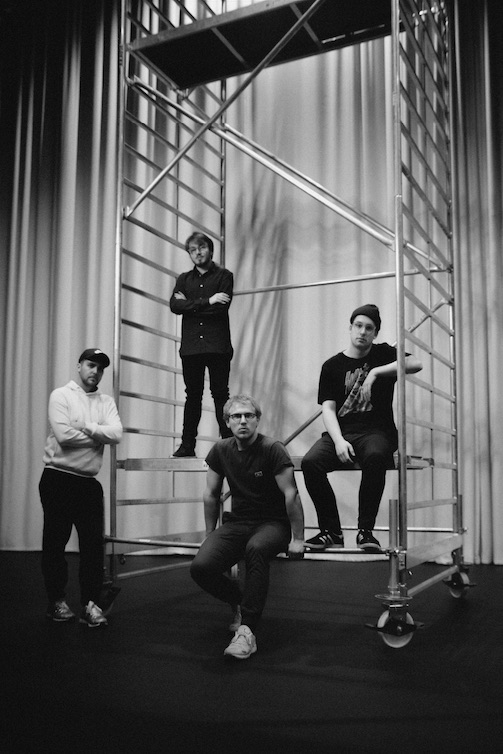
Ráhel Anna Molnár: In Hungary, I think it is difficult to catch local authors for bigger magazines too. It seems that very few people of our age write anyway, and within the topic of writing, an even smaller subculture involves those who represent themselves as an author outside of well-known institutions and cultural magazines. In terms of internationality, it also decisive that perhaps several examples of independent zines and publications work side by side. But in its aesthetics, U&K also represents a direction to which it is easy to connect globally. Call it a generational trend.
Á. L.: The lack of writers makes our task two-fold. On one hand, we have to actively look for authors. It is also a research to retrieve people from universities. One the other hand, it is also our task to give them a reason to publish. After all, most of the people wasn’t trained to see it may be worthy to work with such a small project. Our visibility is not so infinite, but it is not bad either.
M. T.: The format is trying to communicate that as well. Relatively soon we decided to keep a more coherent, magazine format.
Á. L.: We can call it trendy, but that’s not a problem. We can dare to be trendy if the content is also true to a certain quality.
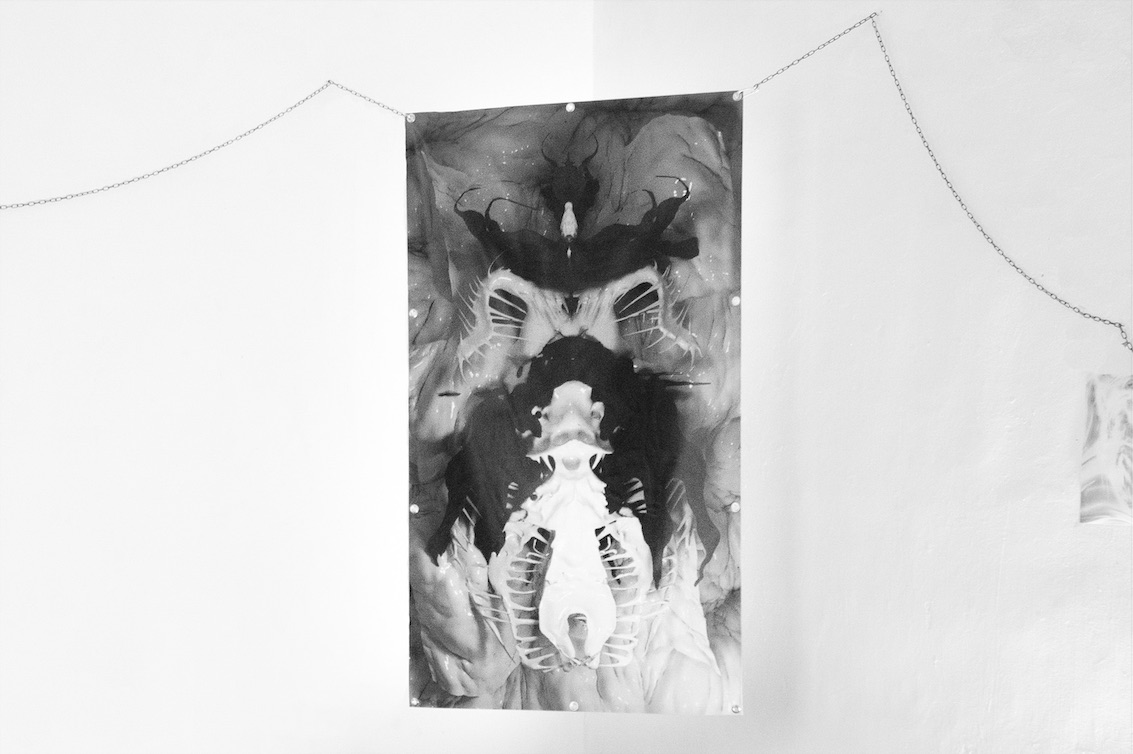
Ráhel Anna Molnár: I rather wanted to point on this aspect that the aesthetics of your own artistic work obviously affects the magazine as a whole. And it also function as a filter – the topics, attitudes and authors are all connected by this type of art. Perhaps it’s not a general style but rather an attitude that is determining in a generational level and is present globally.
Á. L.: We don’t necessarily have to dissociate from the idea of an age style. Maybe it’s even better to use this term. There are certain issues that are commonly raised in a generation. These are not local problems, neither the ones the magazine introduces. The quest to balance the content and looks has led to a shift in our fifth release. You can really see the change in it, maybe because we found this approach the most in the last one.
M. T.: Yes, that’s when it became an object. Not only in term or its real dimensions, but it also has become a very consistent and coherent work.
Ráhel Anna Molnár: How do you chose the topics? How are these concepts are born and how do you conceptualise them? You could also tell about the upcoming issue, Phoenix.
E. Cs.: It’s almost random, just as how we started this project. In the very beginning there was an year when we just talked and didn’t produce anything. We just had flashes about what we should do, we also have many barriers inside us. Few people write because the basic position is for the theoretician to write texts, for the photographer to take pictures, for the actor to act – it’s suspicious when someone steps outside their own scene. I think it would be exciting if more young contemporary artists would publish their thoughts in text, or would try themselves in other fields compared to what they learnt in the university.
The attitude that culture can be a more open, interactive and experimental thing, in which you do not have to stick to certain positions, is rarely seen in Hungary. As an example, there is T+U (Technologie und das Unheimliche) where these ideas actually manifest.
M. T.: The themes we come up with rather intuitively all allow room for this kind of experimentation and unfolding. There was Violence, Application, Knives, Flames and Golden Age. These are all relatively abstract concepts. No matter how remote they may be, one can still connect. We give authors a chance to somehow interact their own works with these concepts.
Á. L.: It usually goes that the concept comes first and is only followed by research. What do we know about this? What it means to us and how it resonates with our own work so far? This is how we discover a lot of relations. A conceptual background can be built on these. Our next issue, Phoenix conceptually also includes the revival of the magazine itself. The last year has been much slower for us too - not just because of the virus. We also redesigned the magazine, and those were bigger tasks. It’s completely open towards to contributors. If you adapt to the theme is good, but you can also look at these topics from a greater distance. There are always works that only find their place at the end of editing.
M. T.: However, we were not idle in 2020 either. So far, students at the University of Fine Arts and MOME have met the magazine halfway, but a lot of universities and students have not yet received the news about it. We suggested at the Department of Media at Eötvös Loránd University that we could address the students there somehow with our thinking and methods, with the magazine itself. We worked together with students last semester and now this fall as well.
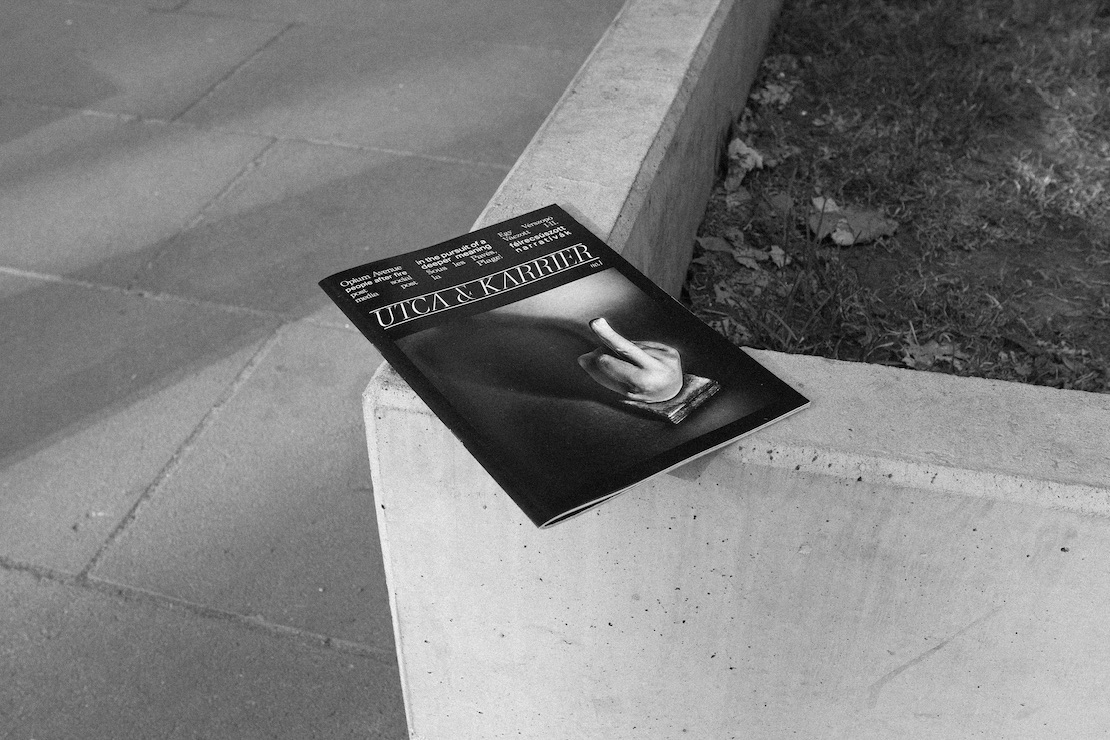
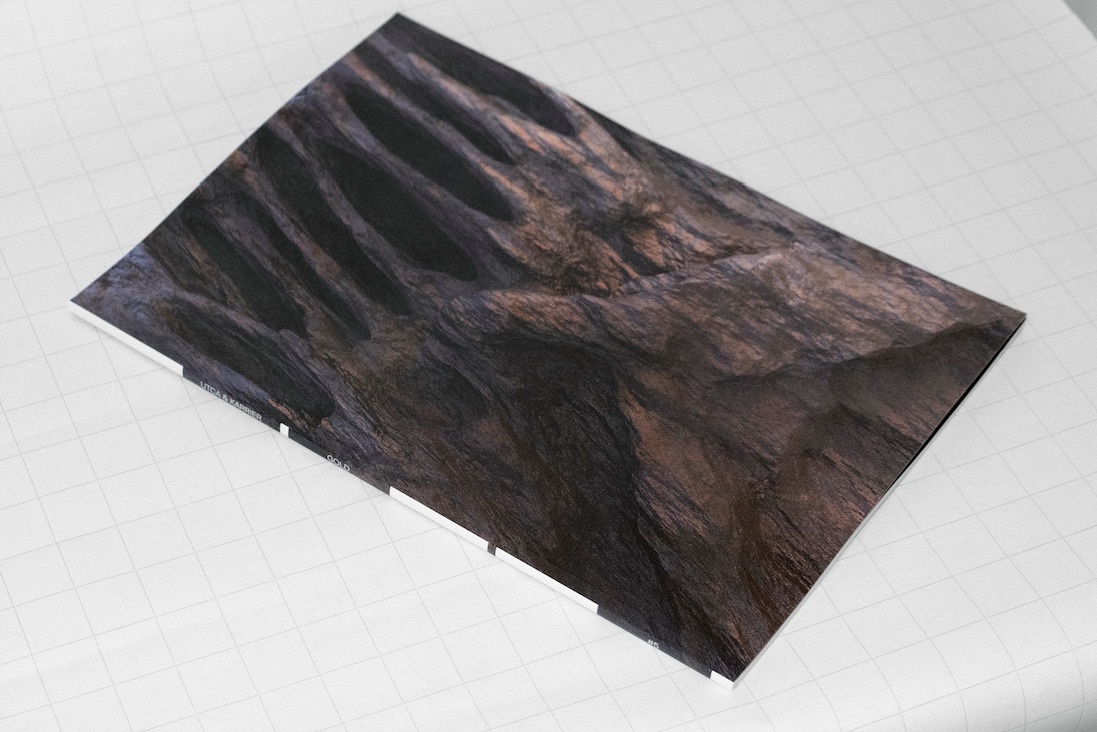
Ráhel Anna Molnár: In addition, other types of events were organized. Exhibition, party, conversation.
Á. L.: It is important to emphasize that U&K is not a magazine. The magazine is the main manifestation of our activity, but the courses, workshops, the exhibition, the party, the talk, the screening and the rest are all important parts. U&K is present as a catalyst, collaborations are what are worth addressing and the magazine is the end product in this process.
Dániel Kiszler: These events can reach many more people than the magazine. We even meet people as far away in ISBN as I wouldn’t have thought of. It really acts as a catalyst. We try to emphasize that those who feel isolated from free creation by their institution should realize their ideas. Because they feel that there is a task to be accomplished. Several people want to do something in the magazine, but then it often goes into a chase.
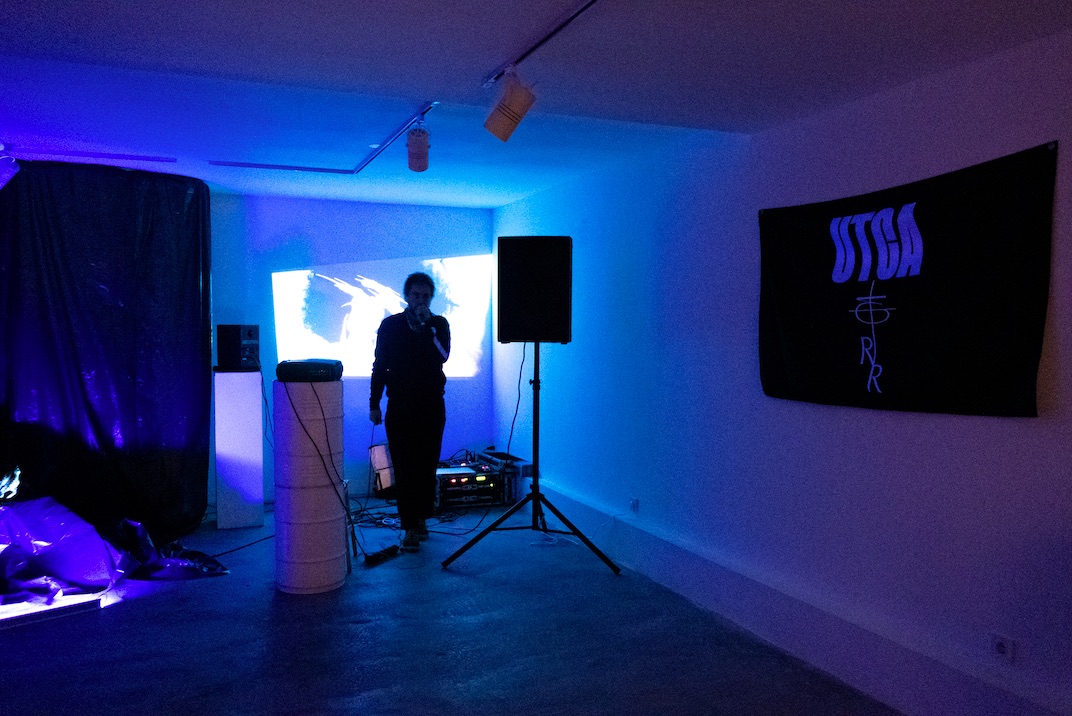
Ráhel Anna Molnár: It’s a continuous job, isn’t it? At least that's what I experience. I have to break down again and again what expectations I have of myself, how much, and why I over-value a platform I’m working for. These should always be overwritten. All this is perhaps also about the fact that in all this common thinking and cooperation, everything you have learned from an institutional system can be broken down together.
Á. L.: Party experiences go beyond entertainment. Dialogues are created that would not otherwise exist. We wouldn't even meet. The folk legend atmosphere that we feel at times around the magazine is very good. The four of us are making a lot of progress in this. I learn incomparably more from these processes and the people we work with than from the university training we have just undergone or are going through.
E. Cs.: Art education lacks the ability to actually teach how cultural products and „art” are created in a city or a subculture. You get a theme and then do something about it. It models a certain working, but there is less talk of collectivity and community, they are lost. Our accompanying events are also about creating an alternative to a dry, intellectual attitude that we don’t see the point of. From kindergarten to higher education we are trained to carry out orders. You get good feedback if you follow the order. Critical thinking, debate is always counted as deviance. We are constantly learning what could be the possible ways where culture (and not art) could become a common creation.
This article was created with the support of Summa Artium.
